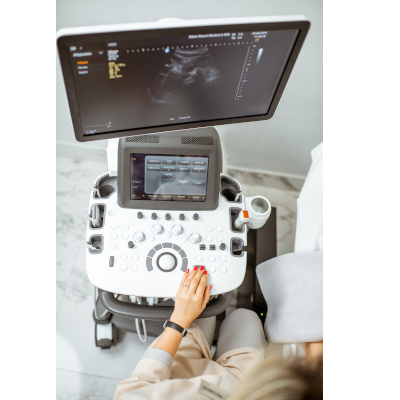Proper clinical documentation is the most efficient way to avoid revenue loss for radiologists. Ensuring proper documentation also helps recoupment in the event of an audit, and prevention of claims denial due to insufficient documentation. This series of tips dissects common documentation errors in the radiology setting, which include but are not limited to failure to enumerate body parts, missing documentation for ultrasound (US), lack of documentation of 3-dimensional (3D) reconstructions for computerized tomography (CT), CT angiography (CTA), magnetic resonance imaging (MRI) and magnetic resonance angiography (MRA), missing spectral analysis and color flow information for duplex Doppler, failure to document permanent images for US guidance, and use of equivocal language and vague clinical indications. Here we focus on the documentation needed for 3D reconstructions, using examples that are coded to Current Procedural Terminology (CPT). 
There are two CPT codes used for examinations involving 3D reconstructions for CT, MRI and US (i.e., 3D renderings are billed separately):
- 76376 – 3D rendering with interpretation and reporting of CT, MRI, US, or other tomographic modality with image postprocessing under concurrent supervision; not requiring image postprocessing on an independent workstation
- 76377 – 3D rendering with interpretation and reporting of CT, MRI, US, or other tomographic modality with image postprocessing under concurrent supervision; requiring image postprocessing on an independent workstation
Note that there is variant language used to support documentation of 3D renderings, such as 3D reconstructions, maximum intensity projection (MIP), shaded surface rendering, quantitative analysis (segmental volumes and surgical planning), and volume rendering, but they all refer to these two CPT codes.
If postprocessing on an independent workstation (i.e., 76377) has been performed but not documented, the claim will go out as 3D rendering without the use of an independent workstation for postprocessing (i.e., 76376), which is reimbursed at about a quarter of the amount for 76377!
3D renderings are inclusive to the charge for CTA and MRA, which therefore require documentation on image postprocessing.
CTA with no documentation of 3D reconstructions on an independent workstation will go out as a CT scan only, e.g., CPT 71270 [CT, thorax, diagnostic; without contrast material, followed by contrast material(s) and further sections], which is reimbursed at a lower level than, say, CPT 71275 [CTA, chest (noncoronary), with contrast material(s), including non-contrast images, if performed, and image postprocessing].
Similarly, MRA without image postprocessing documentation will be go out as an MRI only, e.g., CPT 74181 [MRI (e.g., proton), abdomen; without contrast material(s)], which is reimbursed at a lower level than, say, CPT 74185 [MRA, abdomen, with or without contrast material(s)].
In conclusion, ensure there is appropriate image postprocessing documentation to support CTA or MRA, and for examinations involving 3D reconstructions for CT, MRI and US (i.e., CPT 76376 or 76377).
